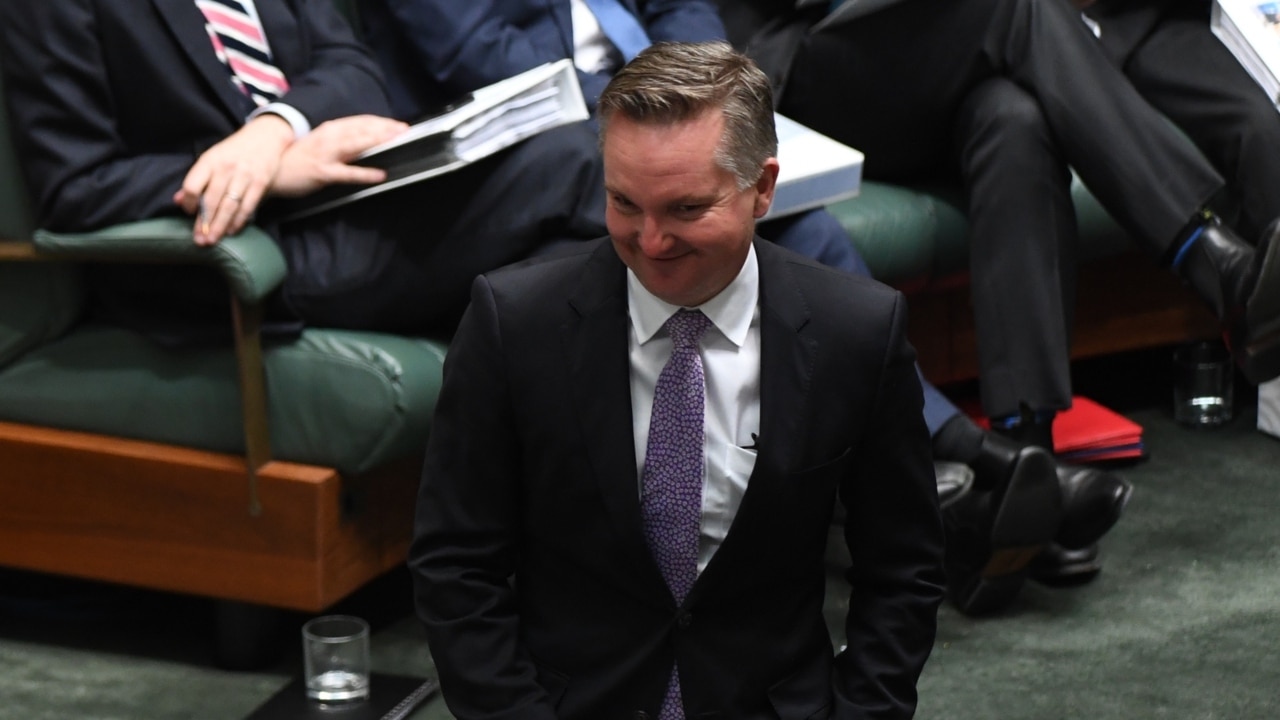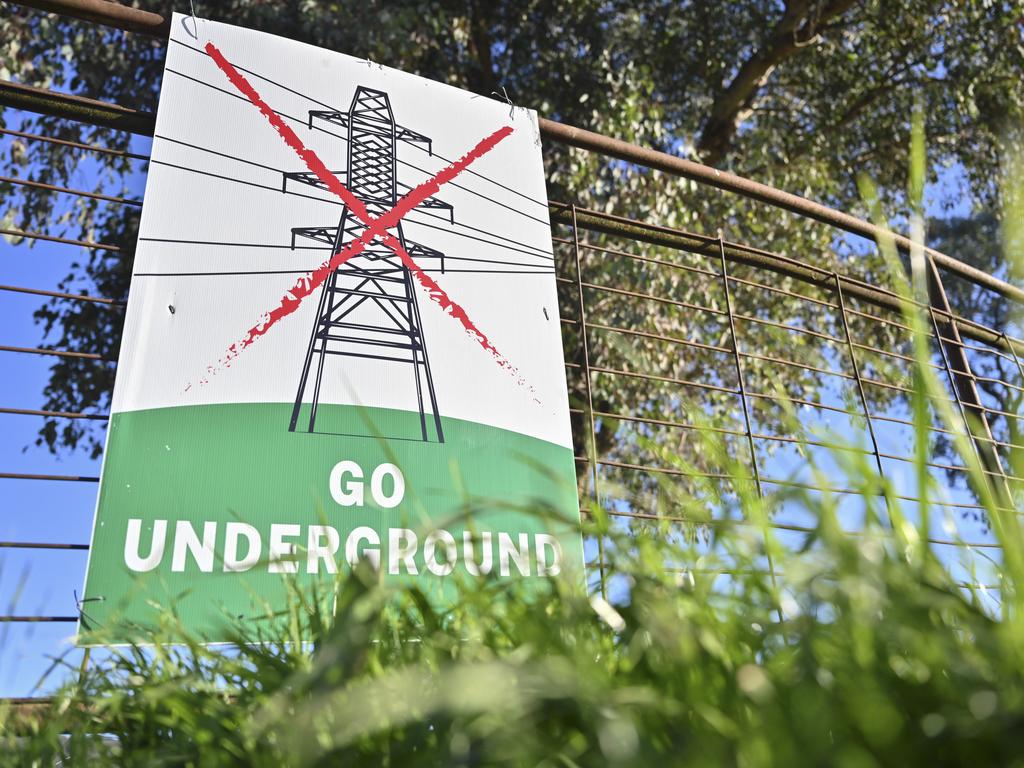
AER has previously approved $600m for early works expenditure, and now has before it TransGrid’s application to authorise the remaining $4.4bn for construction. HumeLink is the proposed 365km, double-circuit 500-kilovolt overhead transmission line from Wagga Wagga to Bannaby (near Goulburn) via Snowy 2.0. Initially called SnowyLink North, HumeLink’s role is to provide transmission services for Snowy 2.0, proposed solar and wind generators in southwest NSW and interstate links to Victoria and South Australia.
There is considerable pressure on AER to quickly approve the application – to do otherwise would no doubt have career-limiting consequences for the responsible senior executives given the project’s fervent support by the government and Australian Energy Market Operator.
But can AER be confident HumeLink is worthwhile, as consumers will be bearing the cost?
Let’s put ourselves in the shoes of AER executives and look at some of the perplexing issues they face, especially in light of HumeLink’s record of woeful estimates, biased analysis and exaggerated claims.

In 2020, TransGrid estimated HumeLink would cost $1bn. Two years later that soared to $3.3bn, prompting a warning from AEMO to urgently reduce costs. But the cost has since leapt another $1.7bn. Worse still, the latest blowout is effectively another 14 per cent higher due to HumeLink’s capacity dropping from 2570MW to 2200MW. So the increase in cost/MW has been almost six-fold over just four years.
How did TransGrid get its costings so wrong – on a par with Snowy 2.0 – and can AER be confident of no further blowouts?
A contributing factor has been TransGrid’s obsession with attempting to complete HumeLink within an unachievable time frame. The initial 2024 estimate has been delayed to July 2026, but this is still considered to be impossible.
There is no need to frantically attempt to build HumeLink in time for an outdated Snowy 2.0 commissioning target. Snowy 2.0’s latest completion forecast is December 2028, but the actual date is likely to be years later. AEMO’s optimal timing for HumeLink is 2029-30.
In order to meet its deadline, TransGrid has revealed contracts were signed anticipating AER approval before the end of March 2024. Penalties of up to $846,000 per day are being incurred – already totalling around $75m.
One of the critical and most perplexing issues to be considered by AER is the claimed value of the project. In 2020 HumeLink was estimated to have a net benefit of $1bn. Two years later, when the cost soared to $3.3bn, the net benefit plummeted to just $39m. At the time energy experts criticised the optimistic assumptions and dubious results, assessing the net benefit as substantially negative. Nevertheless, AER granted approval to proceed.
Now TransGrid claims the net benefit has rocketed to $4.2bn above the $5bn cost blowout. The AEMO’s latest (also optimistic) net benefit estimate is a more modest $1.6bn, though still higher than its previous estimate. How can it be that when the cost of HumeLink blows out its estimated benefit soars even more?
Another issue for AER is the errors and biased assumptions – too numerous to list – in favour of the preferred design option. They are significant enough to put into question TransGrid’s conclusion that the preferred design option provides the greatest value.

TransGrid continues to dismiss underground transmission, especially for a direct current backbone, when the application of this technology is preferred for many overseas grids. A detailed study by international experts found the extra cost for HumeLink to be about 1.5 times or less, and with significant offsetting benefits.
Gaining social licence for an underground HumeLink would avoid enormous angst and expenditure for both the local communities and TransGrid. Undergrounding will not be appropriate in every location but it will in some, and should not have been dismissed. The delays in Snowy 2.0 give time for the underground option to be applied.
Another issue for AER is that HumeLink’s claimed role is unachievable. HumeLink, with a capacity of 2200MW, cannot provide almost 8000MW of transmission services for Snowy 2.0, plus future southwest NSW renewable generators and interstate transfers to Victoria and South Australia.
If HumeLink is approved it will result in NSW transmission tariffs increasing by more than 50 per cent – for just this one new transmission line. Inexplicably, the major beneficiaries, Snowy 2.0 in particular, are not required to contribute their fair share of the cost.
Such an outcome was questioned by AER deputy chair Jim Cox at a NSW parliamentary inquiry. “I think there are worthwhile arguments to say that perhaps generators should be required to make a contribution to some of the costs of these links that may be of particular benefit to them … But it’s not the way the system works at the moment.”
As proposed, HumeLink has many issues and implausible claims. At such an enormous cost – financial, social and environmental – the pressure is on the Australian Energy Regulator.
Ted Woodley is former managing director of PowerNet, GasNet and EnergyAustralia. He is a board member of the NSW National Parks Association.
More Coverage
 If HumeLink is approved it will result in NSW transmission tariffs increasing by more than 50 per cent – for just this one new transmission line.
If HumeLink is approved it will result in NSW transmission tariffs increasing by more than 50 per cent – for just this one new transmission line.





The Australian Energy Regulator will soon announce its decision on whether to approve the $5bn HumeLink transmission project, the most expensive in Australia’s history.